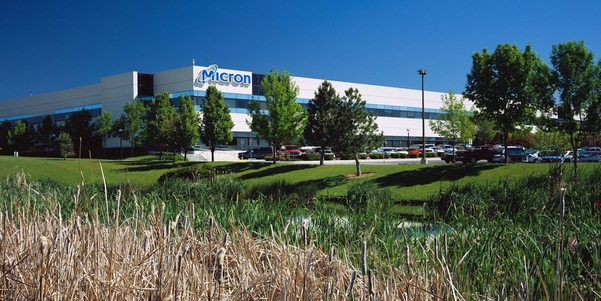Input 2021.04.05 06:00 | Revision 2021.04.05 06:13
Over the world’s No. 1 market share of Samsung Electronics at the time of acquisition
U.S. government promises to invest in local companies
“It is regrettable for the Korean government to present only blueprints without support”

Western Digital, the third place in the NAND market along with Micron, is also considering acquiring Kioxia. If Western Digital takes Kioxia, the combined market share will outperform Samsung Electronics. The industry believes that there is a possibility that Micron and Western Digital will join forces with the recent trend of strengthening the semiconductor infrastructure capabilities of the United States. It is predicted that the competition for semiconductor supremacy from the US began in earnest, in line with last month’s decision to build two semiconductor factories in Arizona by spending 20 billion dollars (about 22 trillion won) by Intel.

Previously, Samsung Electronics took the world’s first title of the 1st~3rd generation (1x·1y·1z) 10-nano DRAM. In addition, SK Hynix has developed a 128-layer 4D NAND for the first time in the world, enhancing technological competitiveness in this area. However, as Micron sweeps away both the development and mass production of the 4th generation DRAM and 176-layer NAND, which are considered the next generation, the two companies were hurt by their pride. In the industry, Micron’s technological prowess is considered to be more than a year behind Samsung Electronics and SK Hynix.
The U.S. and the European Union (EU) recently declared “semiconductor self-reliance” due to the shortage of semiconductor supply that has recently swelled around the world, and decided to increase support for their own companies. In this trend, the successive technological overtakings of latecomers are threatening the status of Korean semiconductors, which were proud to be the number one in memory semiconductors.

Previously, Intel’s initiative to invest in new factories and foundries (consignment production of semiconductors), but Micron and Western Digital’s announcement of acquiring Kioxia seems to be in line with the US government. In fact, Intel even made a support statement shortly after the Biden administration’s announcement. Pet Gelsinger, Intel’s CEO, said, “The Biden administration is helping a lot (in relation to plant expansion and investment).”
On the same day, the Korean government held the’Innovative Growth Big 3 Promotion Meeting’ and announced’plans to develop next-generation power semiconductor technology and expand production capabilities’. It is believed that each country’s war for hegemony in semiconductors has begun, and it is intended to preoccupy future foods by supporting domestic companies and industries. However, the government was not concerned about the specific size of the investment. An industry insider said, “Companies know better than the government which semiconductor field will receive attention in the future.” “It’s a support plan, but this announcement only presented a bunch of blueprints, so I didn’t feel interested.”
There are concerns that domestic semiconductor companies will be isolated while US semiconductor companies, which have been supported by the government, are in earnest and are trying to increase their competitiveness. In particular, Samsung Electronics, which is targeting both memory and system (non-memory) semiconductors at the same time, is losing focus because there is a high possibility that investment will be diversified only by the ability of the company. According to a report from the National Federation of Businessmen last year, in the case of SMIC in China, government subsidies were 6.6% of sales and Micron in the US was 3.3%, whereas Samsung Electronics was only 0.8%, and SK Hynix was less than 0.5%.
Some have come up with the prospect that Korean companies, which are the world’s leading companies, may go abroad by others. It is expected that an attempt will be made to attract factories of domestic companies with technological competitiveness to their countries. The Center for Strategic International Research (CSIS), known as a representative think tank in the United States, said, “The US government should support not only domestic companies, but also support Korean and Taiwanese companies with strengths in the semiconductor industry to set up factories in the United States.” He also released a report of. In addition, senior security and economy officials at the White House will discuss the problem of semiconductor supply shortages with officials from semiconductor and automobile companies on the 12th (local time), and Samsung Electronics will attend this event.

